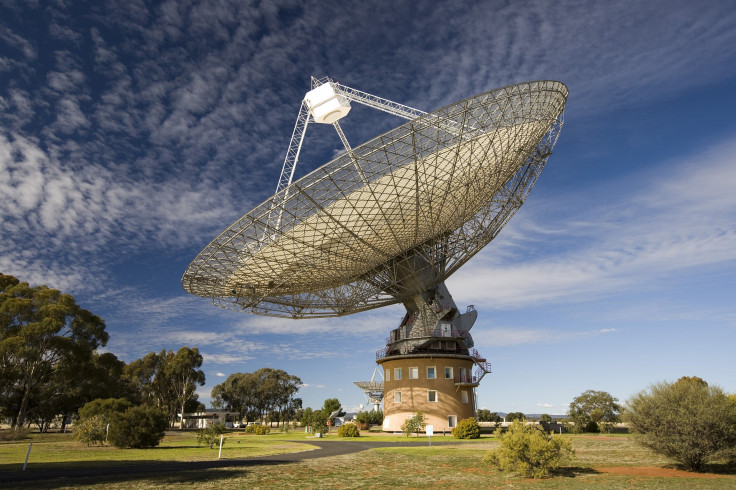CSIRO, NAO radio telescopes help break the mystery of fast radio bursts from distant universe

Scientists have found the source of flashes of radio waves in the distant universe with the help of CSIRO and National Astronomical Observatory of Japan radio telescopes. That paves the way to the next step which is find out what makes the fast radio burst (FRB).
FRBs were discovered in 2007, and since then, researchers have found 16 bursts, although astronomers reckon that the burst could occur 10,000 times a day. The one-millisecond emission of fast radio bursts is the same amount of energy that the Sun emits in 10,000. What the scientists need to discover is the physical phenomenon that causes the FRB.
In discovering the FRB, scientists used CSIRO’s radio telescopes in eastern Australia and Japan National Astronomical Observatory’s Subaru telescope in Hawaii. The FRB the recently tracked came from a host galaxy about 6 billion light-years away, according to CSIRO, in a press release.
While researchers have yet discovered the FRB’s cause, FRBs could be used to find missing matters in the universe. According to astronomers’ theory, 70 percent of the universe is dark energy, 25 percent dark matter and 5 percent ordinary matter.
Adding up the matters visible in galaxies, starts and hydrogen gas indicates there are still missing matters since astronomers could only find about 50 percent of ordinary matters as should be there. Using FRBs allow the team to “weigh” the universe’s normal maters.
By using its observations and the model, they found the missing matter, says Dr Evan Keane from SKA Orgnisation, and lead author of the study published in Nature journal. The FRB was used to conduct the cosmological measurement.
Keane and his team developed a system to detect FRBs within seconds which immediately alerted other telescopes with a view to pinpoint the burst’s location. The system is an improvement from past efforts when researchers went through recorded data that were taken months or years ago, making it too late to perform follow-up observations.

On April 18, 2015, the Parkes telescope detected a new FRB and after two hours, CSIRO’s Compact Array telescope found the patch of sky that was the source of the FRB. Parkes was 400 kilometres away from Compact Array. The two radio telescopes observed the radio sources that lasted six days, and then it faded into what is called an FRB radio afterglow.
At the same time, the 8.2-metre optical Subaru telescope, when it looked at the FRB field, found a galaxy that matched with the radio source spotted by CSIROs Compact Array.
The researchers were able to zoom in about 1,000 times more accurately in on the FRB than the past 16 detected bursts. When the team investigated further, they found that the object was an elliptical galaxy shaped like a huge football made of stars. Based on its redshift of 0.492, researchers estimate it is about 6 billion light years away.
Dr Simon Johnston, astrophysics head at CSIRO, says that in the near future, the agency’s Australian SKA Pathfinder would be the ideal tool to look for FRBs in 2016. He says CSIRO expects to find several FRBs a week.





















